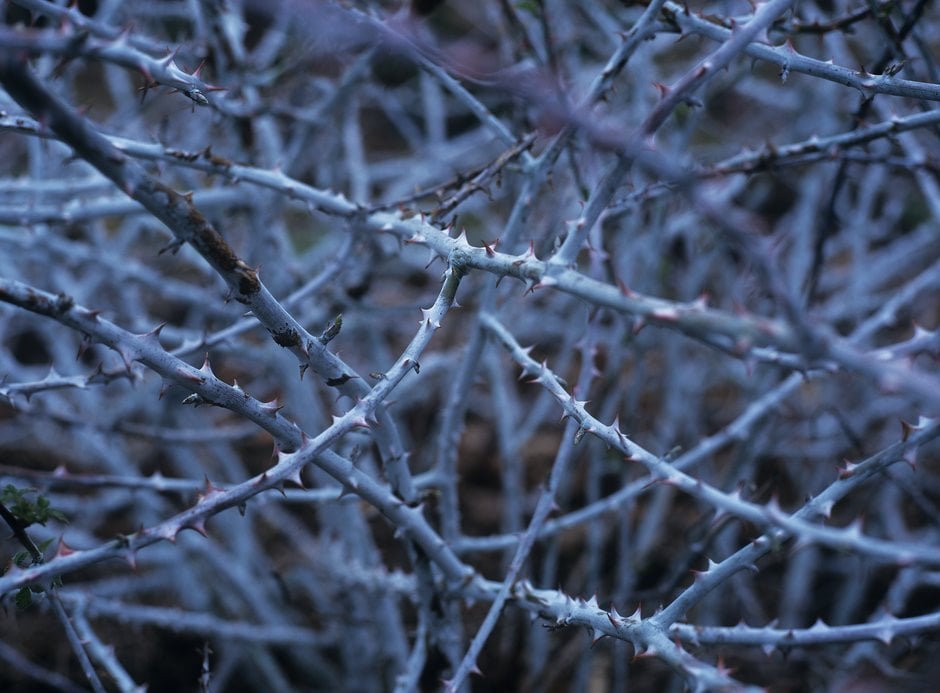Size
Ultimate height
2.5–4 metresTime to ultimate height
5–10 yearsUltimate spread
2.5–4 metresGrowing conditions
Moisture
Moist but well–drained, Well–drainedpH
Acid, Alkaline, NeutralColour & scent
| Stem | Flower | Foliage | Fruit | |
| Spring | Green | |||
|---|---|---|---|---|
| Summer | White | Green | ||
| Autumn | Green | Yellow | ||
| Winter | White |
Position
- Full sun
- Partial shade
Aspect
West–facing or South–facing or North–facing or East–facing
Exposure
Exposed or Sheltered Hardiness
H6Botanical details
- Family
- Rosaceae
- Native to GB / Ireland
- No
- Foliage
- Deciduous
- Habit
- Suckering
- Genus
Rubus can be deciduous or evergreen shrubs, often scrambling with bristly or prickly stems bearing simple, lobed, palmate or pinnate leaves and 5-petalled flowers followed by juicy, sometimes edible fruits
- Name status
Correct
- Plant range
- Himalaya, W China
How to grow
Cultivation
Grow in well-drained fertile soil in sun or partial shade. Has the potential to become a nuisance if not well managed
Propagation
Propagate by softwood cuttings in summer or hardwood cuttings in winter
Suggested planting locations and garden types
- Coastal
- Cottage and informal garden
- Wildlife gardens
- Architectural
- Low Maintenance
- Banks and slopes
- Flower borders and beds
Pruning
Pests
Generally pest-free
Diseases
May be susceptible to grey moulds and honey fungus (rarely)
Love gardening
Sign up to receive regular gardening tips, inspiration, offers and more
View our Privacy Policy
Get involved
The Royal Horticultural Society is the UK’s leading gardening charity. We aim to enrich everyone’s life through plants, and make the UK a greener and more beautiful place.

